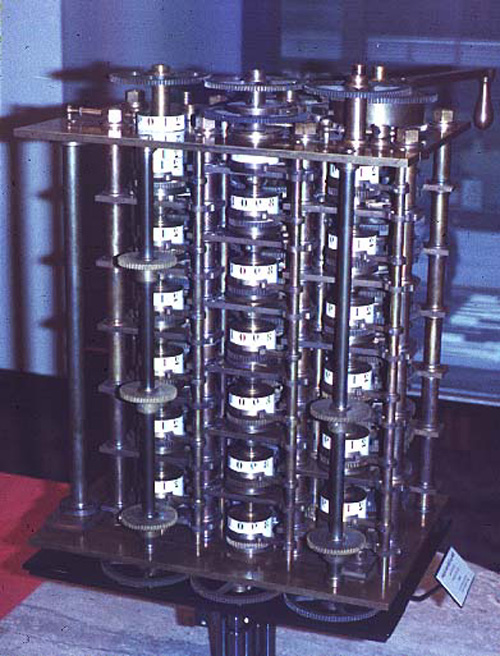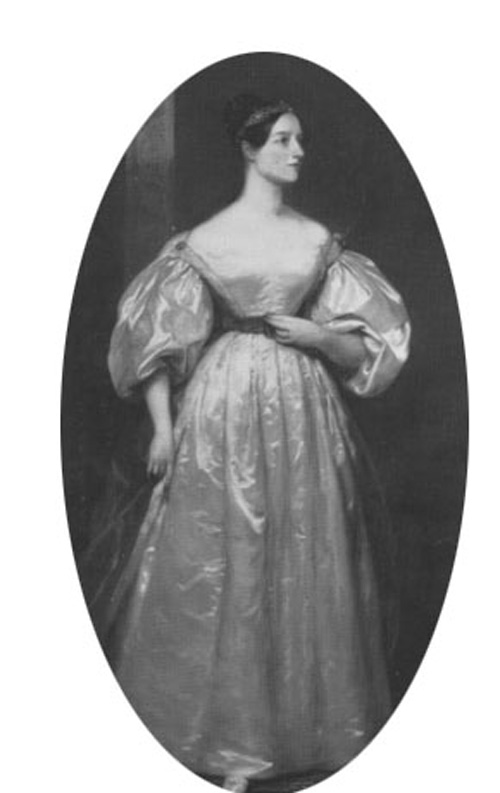In 1801 Joseph-Marie Jacquard developed an automatic loom that was controlled by punched cards.

In 1820 the Arithmometer became the first mass-produced calculator. It was developed by Charles Xavier Thomas de Colmar (1785-1870) in France. This device performed the same type of computations as Leibniz's Stepped Reckoner, but was more reliable.
In 1822 Charles Babbage (1792-1871) designed the first of several mechanical computers that he would work on during his lifetime. This machine was a difference engine that would compute the coefficients of polynomials that interpolated a set of points. Babbage sought and received government funding to continue work on this machine.
In 1832 Babbage worked with Joseph Clermont to produce a segment of the difference engine. By this time it appeared that the completed machine would
-
be the size of a room,
-
be purely mechanical,
-
be powered by steam.
In 1834 Babbage begins work on a machine that is far more general than the difference engine. This new machine became known as the Analytical Engine. Up until this time Babbage and others had been trying to develop mechanical devices that would perform specific numeric tasks more quickly and reliably than people themselves could. Now Babbage wanted to design a machine that could be programmed with punch cards to perform different tasks. While never completed, one of the central parts of this machine, the "mill" was constructed in 1871.

In 1842 the first program was written by Ada Augusta Lovelace for Babbage's difference engine. Thus Ada Lovelace is credited with being the first computer programmer. The programming language Ada is named in her honor.

In 1847 Babbage starts designing his second difference engine. Like the first one he never completed it. However, between 1989 and 1991 a team at the Science Museum in Kensington, England built this machine from Babbage's notes and found that it worked.